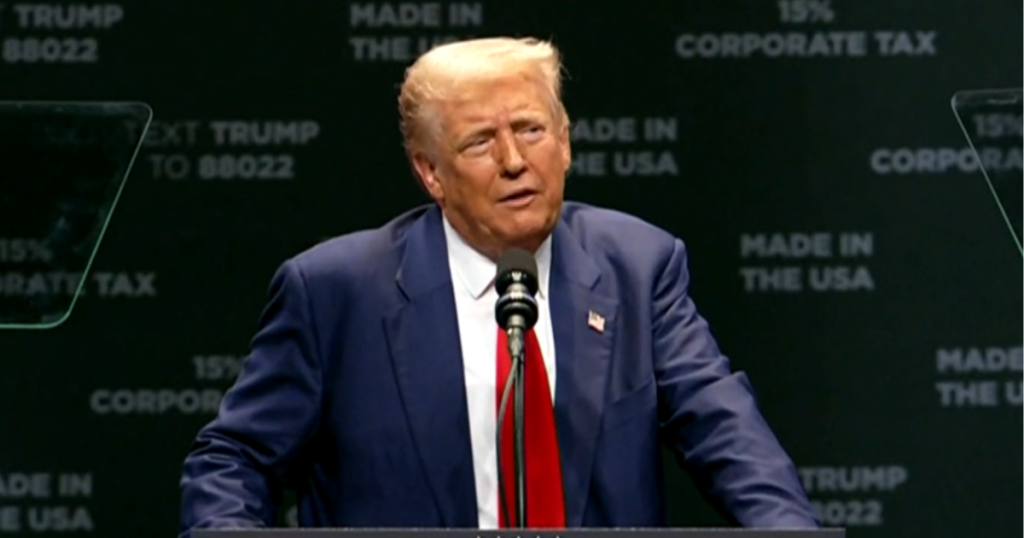In a recent campaign stop, Vice President Kamala Harris and former President Donald Trump both emphasized their economic policies. Harris is focusing on job training, education, and support for small businesses to ensure economic recovery and growth. Trump, on the other hand, is promoting tax cuts for businesses and individuals, deregulation, and a tough stance on trade with China. Both candidates are presenting their plans as crucial for the country’s economic future.
Harris’ economic plan includes investing in job training programs, expanding access to education, and providing support for small businesses. She believes that these initiatives will help create more opportunities for Americans, especially those from marginalized communities. Harris also aims to address economic inequality and ensure that the benefits of economic growth are widely shared. She is positioning herself as a champion for working families and a leader who will prioritize economic issues in her administration.
Trump, on the other hand, is emphasizing tax cuts for businesses and individuals as a key component of his economic strategy. He argues that reducing taxes will stimulate economic growth, create jobs, and increase prosperity for all Americans. Trump is also advocating for deregulation to remove barriers to business growth and efficiency. Additionally, he is taking a tough stance on trade with China, pushing for fairer trade deals that benefit American workers and companies.
Both Harris and Trump are framing their economic policies as essential for the country’s post-pandemic recovery. Harris believes that investing in job training and education will help rebuild the economy and create a more equitable society. Trump, on the other hand, is confident that tax cuts, deregulation, and trade reform are the keys to economic success. Both candidates are seeking to appeal to voters by presenting themselves as capable leaders who can navigate the country through economic challenges.
Harris is also highlighting the importance of diversity and inclusion in her economic plan, noting that creating opportunities for all Americans is essential for a thriving economy. She is committed to addressing systemic barriers that prevent certain groups from fully participating in the economy. Harris’ plan is focused on empowering individuals and communities to succeed through education, training, and support for small businesses. By prioritizing diversity and inclusion, Harris aims to build a stronger and more resilient economy.
In contrast, Trump’s economic policies center on boosting economic growth through tax cuts, deregulation, and a tough stance on trade. He believes that his approach will lead to job creation, increased prosperity, and a more competitive American economy. Trump’s plan is geared towards reducing government intervention in the economy and allowing businesses to thrive. By focusing on these key areas, Trump is presenting himself as a proponent of free-market principles and a leader who will prioritize economic growth above all else. Ultimately, both Harris and Trump are making the case that their economic policies are the best path forward for the country’s economic future.


